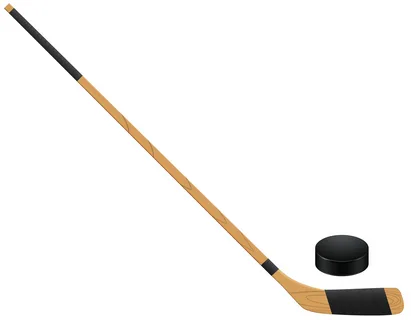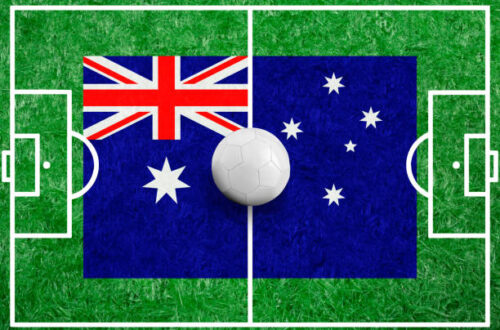It’s key to recognize what creates today’s hockey sticks to play hockey well. Up-to-date sticks have three key parts: the blade, the shaft, and the grip. The blade, prepared from robust, elastic resources, aids with shooting and puck control. The shaft is commonly prepared from lightweight resources like carbon fiber or fiberglass. It provides the stick with strength and elasticity. The grip definitely aids you in holding the stick. Knowing these parts and how they work will help you pick the best ice hockey sticks for your style and enhance your performance on the ice.
Important resources in Modern Hockey Sticks:
Carbon Fiber: The key material that makes the stick durable and light.
Fiberglass: Used with carbon fiber for additional strength and elasticity.
Kevlar: Adds strength and decreases vibrations.
Graphite: Creates a firm and approachable stick.
Resin Systems: Glue that holds all together and helps the stick transfer energy well.
Carbon Fiber:
Carbon fiber is used in maximum top hockey sticks as it’s durable and light. It provides the stick with the correct amount of rigidity for great shots without being weighty. Carbon fiber is prepared of thin features intertwined together and merged with a resin, which creates the stick equally firm and stretchy. The rigidity of the stick disturbs how well it curves when you shoot, which is key for power and accuracy. Good-quality carbon fiber is very long-lasting, so the stick can switch to rough play in hockey while keeping it light and easy to control.
Fiberglass:
This material is frequently used in these hockey sticks, in addition to carbon fiber. It’s not as robust or light as carbon fiber but increases important permanency and suppleness. This makes the stick stress-free to use, which is great for newer players or those learning the game. Fiberglass aids the stick balance well, making it stress-free to control the puck and target shots. Some sticks blend fiberglass and carbon fiber to create a durable yet stretchy stick. This mixture aids with well-shot control and handling, making the stick more flexible. Creators make a stick that’s strong for great shots and stretchy for exact moves by using fiberglass.
Kevlar:
It is recognized for its use in bulletproof vests and is essential in hockey sticks. It makes the stick stronger and longer-lasting by supporting the shaft and blade. Kevlar aids grip shocks, making the stick more comfy when hitting the puck or taking a hit. This means players feel fewer vibrations and uneasiness. Kevlar makes the stick stronger to harm, so it lasts lengthier even with full use. By using Kevlar, builders make hockey sticks that are durable, responsive, and comfy, improving how well players perform and feel all through the game.
Graphite:
It is a lightweight material that’s used in hockey sticks and frequently blends with carbon fiber. It proposes some exclusive profits. Graphite makes the stick feel lenient, which aids with puck control and provides a good touch. It makes the stick more flexible, leading to further constant shots. The stick is lighter, which makes it easier to grip and move rapidly on the ice. For these structures, graphite is great for players who need good control and precision. This blend of lightness and flexibility aids players to perform well and create smooth moves.
Resin Systems:
These systems are important in creating hockey sticks. Resin aids hold together fibers like carbon fiber, fiberglass, and Kevlar, which are key for the stick’s performance. The kind of resin used disturbs how long the stick lasts, how well it transmits energy, and how it performs generally. Good resin has fibers collected, even through tough play, which makes the stick rigid. This rigidity disturbs how the stick curves and snaps back after a shot. Well-resin systems, too, improve energy transmission, allowing players to shoot tougher with less effort, which is particularly useful for fast shots where each bit of power counts.
Conclusion:
Hockey sticks have come a long way, from old wooden ones to today’s high-tech models. Up-to-date sticks use resources like carbon fiber for lightness, fiberglass for strength, Kevlar for shock absorption, graphite for elasticity, and resin for strength. Each material aids the stick in performing well. Players can choose the correct stick for their style and recover their game after understanding these resources. You can imagine even better designs and resources in the future with continuing technological innovations.





